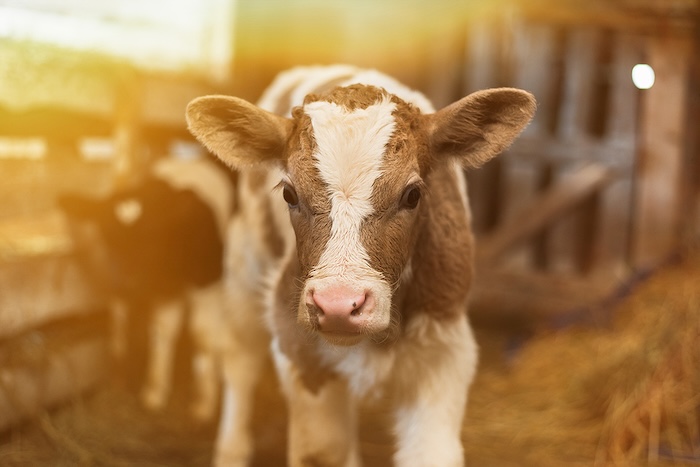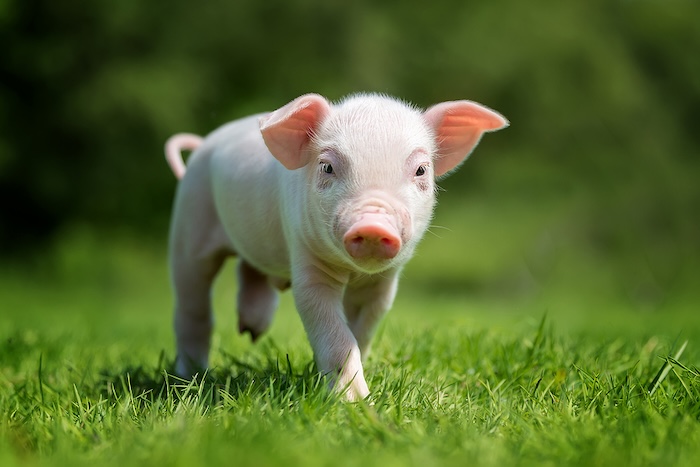Farmers have long understood the importance of protecting their livestock from the elements, especially during the colder months. While traditional shelters provide some defense against harsh weather, animal coats have emerged as an effective and practical way to enhance animal comfort, health, and productivity. But which animals benefit the most from wearing coats? Let’s take a closer look.
1. Calves
Why they benefit:
Newborn and young calves are particularly vulnerable to cold stress. They have underdeveloped thermoregulation systems, making it harder to maintain body temperature in low temperatures. Calf coats help:
- Conserve body heat
- Improve weight gain
- Reduce energy spent on warming up
- Lower susceptibility to illnesses like pneumoni
Best time to use:
Fall, winter, and early spring—especially within the first 3–4 weeks of life.

2. Lambs
Why they benefit:
Lambs, like calves, are sensitive to cold and wet conditions. Lambing season often coincides with unpredictable weather, and hypothermia is a leading cause of early mortality.
Lamb coats help:
- Prevent hypothermia
- Increase survival rates
- Support stronger growth during early life stages
Bonus: Coats can be used for both indoor and outdoor lambing operations.
3. Goats
Why they benefit:
Goats, particularly dairy and young kids, are less tolerant of cold than other animals. They naturally have thinner coats and lower fat reserves.
Goat coats provide:
- Extra warmth during cold snaps
- Protection from rain and wind
- Better feed conversion due to less energy spent staying warm
Note: Breeds like Nubians and LaManchas benefit even more from a goat coat for winter due to their heat-loving nature.

4. Horses
Why they benefit:
While many horses grow a thick winter coat, not all are equally insulated—especially clipped, older, or thin-skinned breeds.
Horse rugs and coats help:
- Maintain body condition
- Prevent rain scald and mud fever
- Improve comfort during turnout in wet or snowy conditions
Tip: Blanket appropriately based on climate and horse activity level.
5. Alpacas and Llamas
Why they benefit:
Despite their origins in high-altitude regions, domesticated alpacas and llamas often live in areas where they aren’t adapted to the local climate, especially wet cold.
Coats are useful to:
- Protect shorn animals after shearing
- Keep cria (young alpacas) warm during their early days
- Reduce stress and illness during winter
6. Piglets
Why they benefit:
Piglets are born with little body fat and no fur, making them extremely susceptible to chilling—especially in outdoor or unheated environments.
Piglet coats or jackets can:
- Dramatically reduce hypothermia risk
- Boost early weight gain
- Improve survivability in the first few days

Conclusion
While not every animal on the farm needs a coat, certain species—especially young, small, or recently shorn livestock—can greatly benefit from this added layer of protection. Whether it’s boosting growth, reducing stress, or preventing illness, animal coats are a small investment that can lead to significant long-term gains in welfare and productivity.
Want to keep your animals thriving through the seasons? Investing in quality coats might just be the warmest decision you make.
